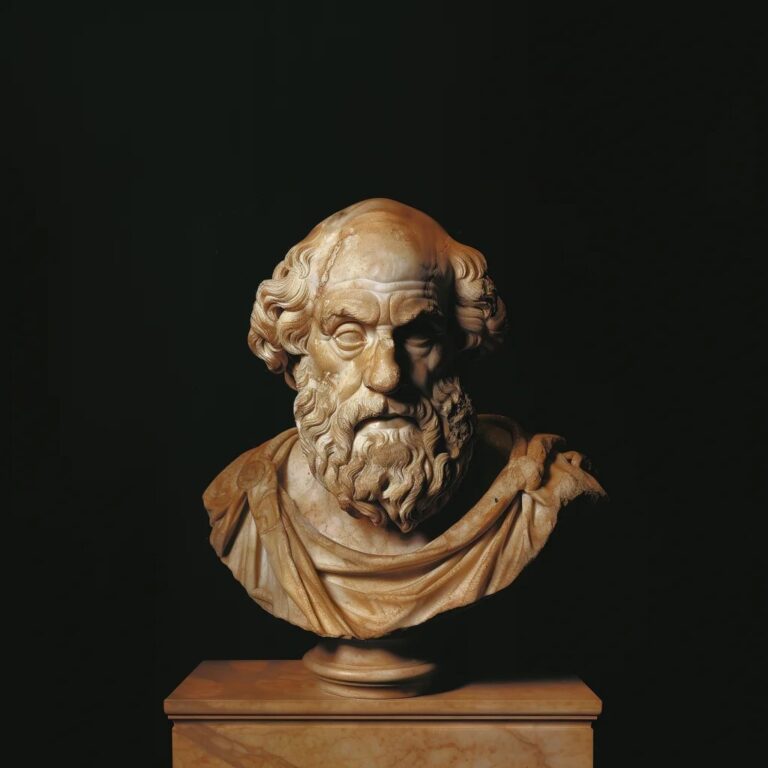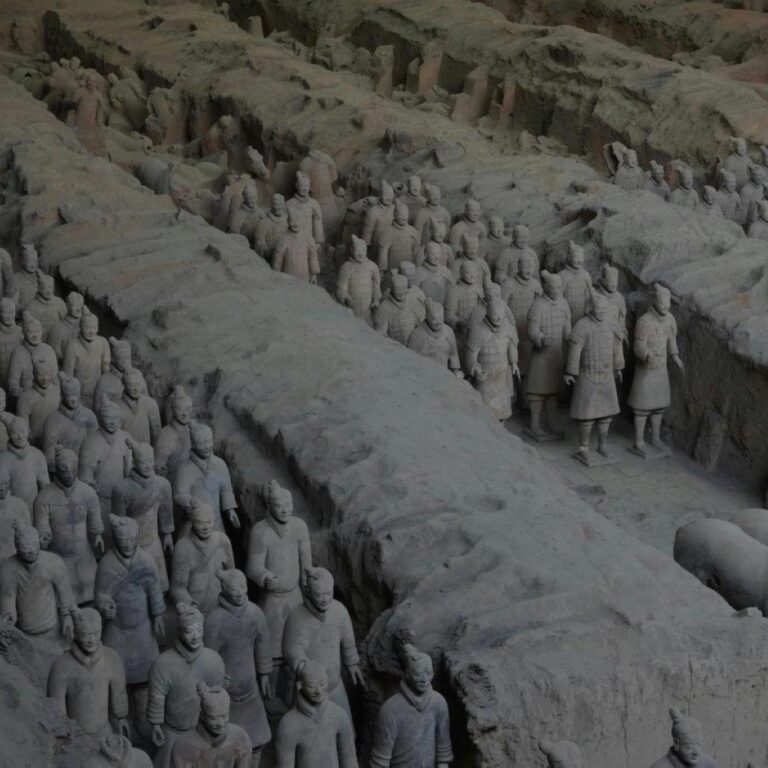Scholars believe Homer lived around the 8th century BCE, though the exact dates remain uncertain.
The Iliad and the Odyssey are among the oldest surviving works of Western literature.
The Iliad takes place during the Trojan War and centers on the hero Achilles. In contrast, the Odyssey follows Odysseus on his journey home after the war.
Homer's epics were originally composed in oral tradition and passed down through generations before being written down.
The exact identity and existence of Homer are debated, with some scholars suggesting the poems were the work of multiple authors.
Homer is often depicted as a blind poet, though there is no concrete evidence to support this claim.
The language used in Homer's epics is a mix of different Greek dialects, reflecting their oral composition over time.
Homer's works have had a profound influence on Western literature, inspiring countless adaptations and references in various art forms.
The Homeric Question refers to the scholarly debate over the authorship and composition of the Iliad and the Odyssey.
The epics were used as educational texts in ancient Greece, teaching values such as heroism, honor, and the importance of fate.
His poetry is known for its vivid imagery, rich character development, and complex narrative structure.
Both the Iliad and the Odyssey have been translated into numerous languages and continue to be widely read and studied today.
Homer's influence extends beyond literature to philosophy, with figures like Plato and Aristotle referencing his works.
The ancient city of Smyrna (modern-day Izmir, Turkey) and the island of Chios both claim to be Homer's birthplace.
His impact on Greek culture and identity was so significant that he was often referred to as 'the teacher of Greece.'


